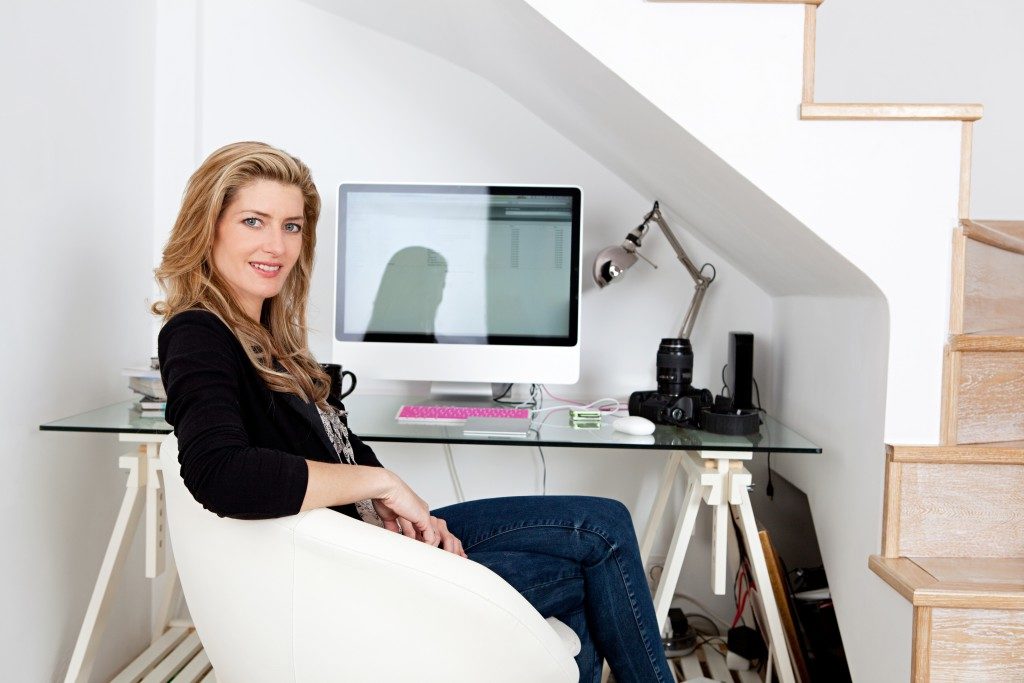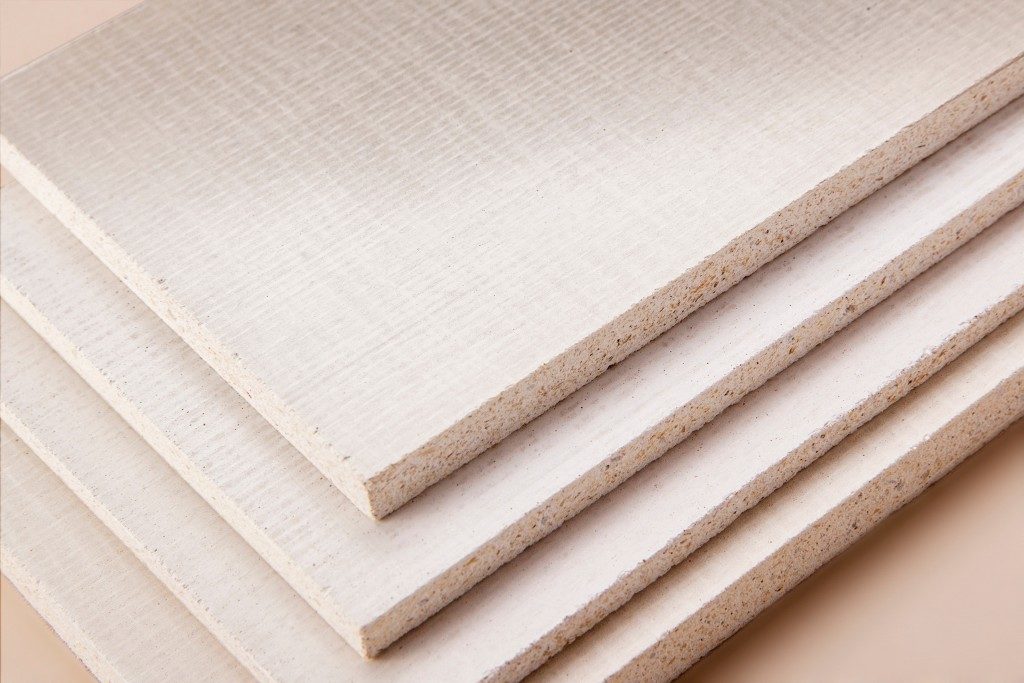If you lead a busy life, your home might be little more than a place to unwind and enjoy some peace. You rest, recharge your body (and devices), take a shower, then head out to work again the next day.
The home should always fulfill the primary function of shelter. But in this new reality of lockdowns, social distancing, travel restrictions, and remote work, we all find ourselves spending more time at home. And with that comes the eventual realization that homes can improve our lives in many ways, big and small.
One of those facets of potential improvement is the acquisition and practice of a new hobby. You can store supplies or set up a craft studio in your garden shed, but is your home environment also conducive to learning and having fun in the process?
Learning and the environment
Several studies of student performance in schools have demonstrated that there’s a link between our environment and how effectively we learn. You probably know this intuitively; when you put on headphones, you can block out distracting background noise. Turn up the volume on the right playlist, and it can put you in the mood to concentrate and absorb new knowledge.
However, the research shows that different elements of the environment can influence learning. These include the architecture and interior design as a means of enhancing our task instrumentality, symbolic identification, and social interactions.
For instance, being in a messy space filled with clutter can likewise lead to a disorganized manner of thinking. Open spaces are likely to have higher foot traffic, loud noises, and other potential disruptions. If you need to focus on learning, it’s better to sit inside a quiet, enclosed space. But such a setting can also stifle your creativity.
Finding what works
Of course, not every homeowner can make immediate changes to their homes to accommodate a new hobby. But it’s vital to recognize this influence and do what you can to improve upon it for a more pleasant experience.
Everybody learns differently, and you need to go about these changes with a plan that best suits your specific hobby. So the first step would be conducting a few learning experiments with yourself as the subject.

If you’re learning how to paint, for instance, you might have converted one of your rooms into an art studio. But you should also try to paint outdoors. With more natural light, open space, and a view of nature, you might feel more inspired or be better able to observe and capture the scene as you experience it. If this helps, you can relocate your studio to the porch, or a room with a great view.
Not all hobbies might prove so portable. You can practice playing a musical instrument in different rooms of your house to find the best acoustics, but that could prove problematic if it’s a piano. Learning pottery, or sculpting clay, will require a specific space for the location of your kiln.
The next step would thus be drawing upon additional resources for information. Are you receiving instruction from an experienced teacher? Observe their studio for elements you can borrow, and ask them for tips on how to improve your space. If you’re taking the self-taught route using internet guides, seek help on forums dedicated to the subject. Many fellow enthusiasts will be happy to share their preferences when it comes to gear and setup.
Boosting mood and habits
The structural elements of our homes can significantly affect our quality of life. And even if you’re engaged in learning a craft like woodworking that involves some physical toil, it’s helpful to do so in a comfortable space. With room to move around, better ergonomics, adequate ventilation, and thermal control, you’re at less risk of feeling exhausted or getting injured.
No matter what your hobby is, you want to look forward to it as a source of joy. From this perspective, the best upgrades you can make around the house are the simple ones that increase positivity and encourage habit formation.
Painting your studio a shade of blue can boost creativity; warm, but relatively dim, lighting can offer similar benefits. And if you surround yourself with positivity triggers, such as photos of visual inspiration or your favorite quotes, you promote the right kind of thinking in your creative efforts.
Make it easy to incorporate your hobby into your daily routine. Sprinkle reminders and cues around the house so that you feel the trigger to practice each day.
There will be times when you don’t feel inspired, but the feeling will pass if you get the ball rolling. By making a few select changes around your home, you can transform it into a place to enjoy better living through your chosen hobby.


